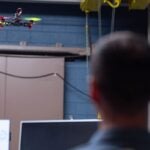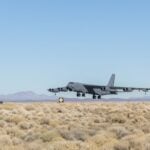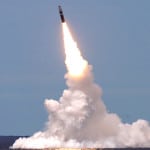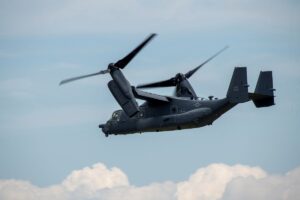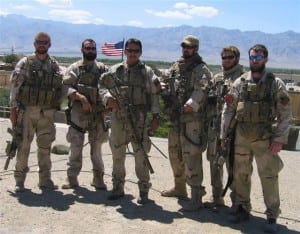
Four Navy Seals set out on Operation Red Wings in June 2005 to neutralize a ranking al-Qaeda operative in the mountains of Afghanistan. Only one returned, saying no different training or equipment could have helped the day the team was ambushed by Taliban fighters. “On the mountain that day, we didn’t do anything that would warrant a change in our training. It was bad…dynamic and difficult,” Marcus Luttrell told Defense Daily in a recent interview. With the training they had,”…

